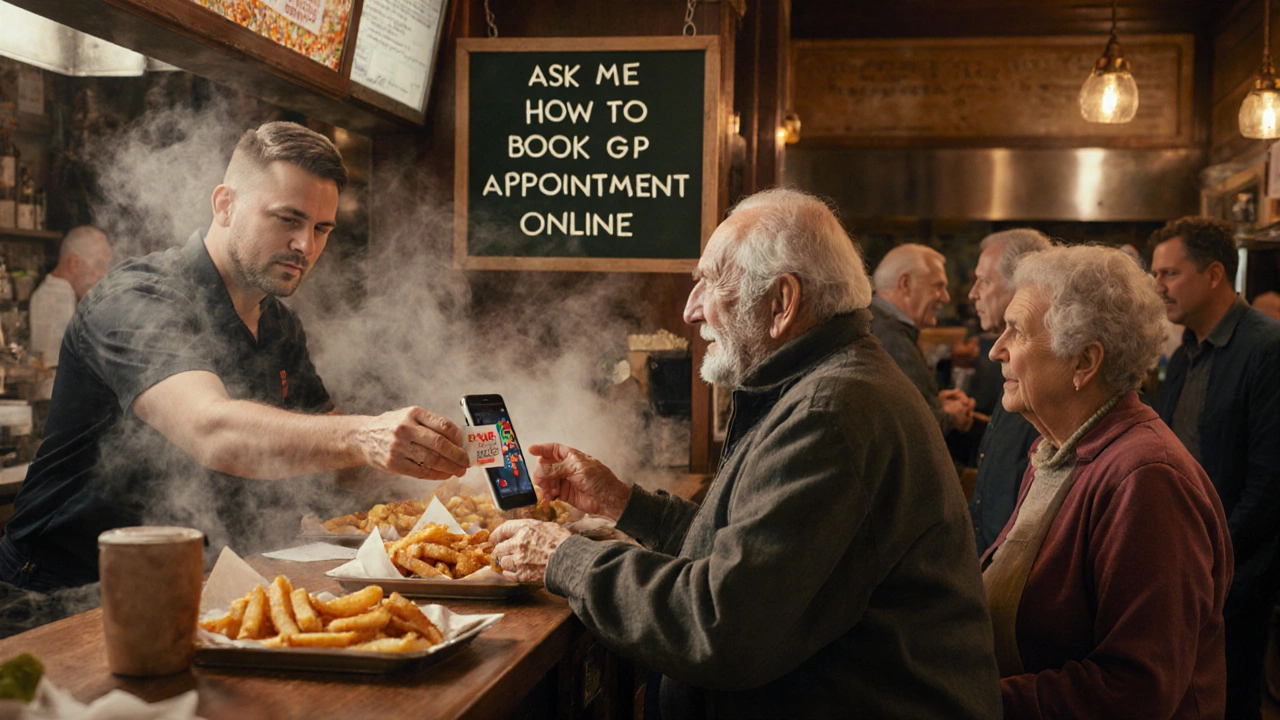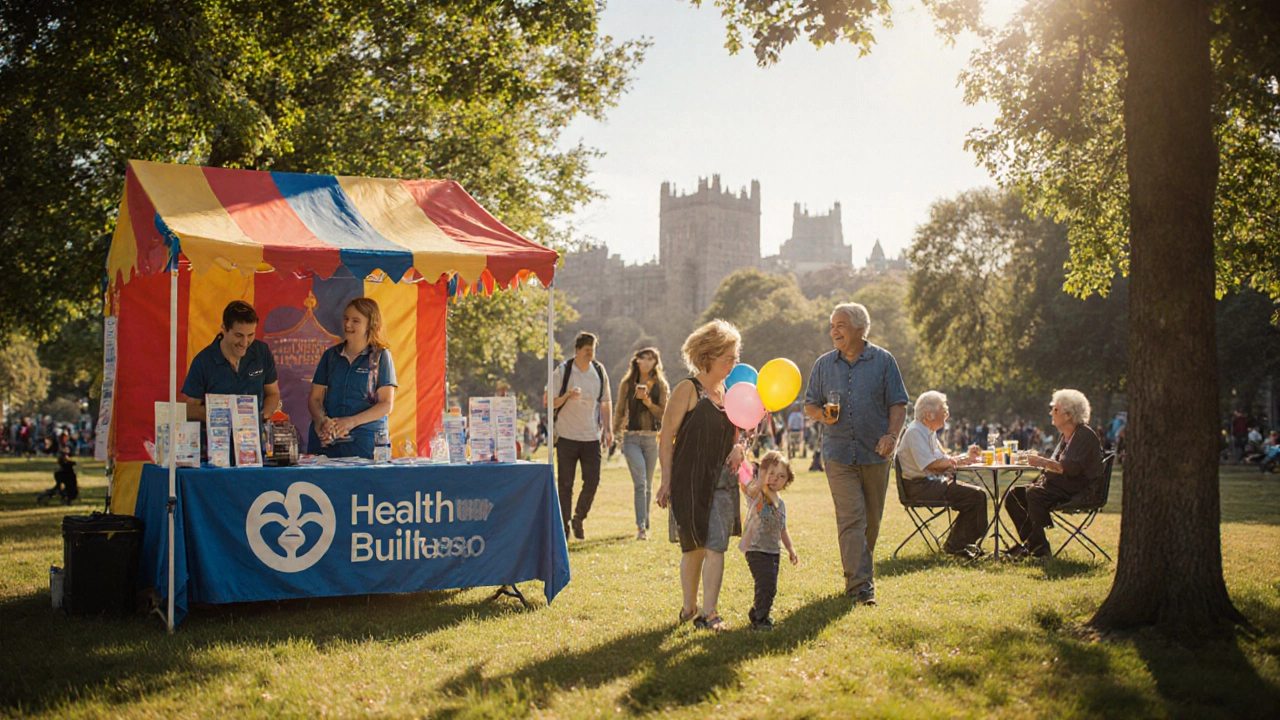Public Engagement – Simple Ways to Connect and Make a Difference
Public engagement is just a fancy phrase for getting involved in the things that affect you and your neighbours. It can be as easy as dropping a flyer at a local shop, signing up for a volunteer shift, or sharing a news story on social media. When more people pitch in, ideas get tested, problems get solved faster, and the whole area feels more alive.
Why Public Engagement Matters
First off, when you take part you help shape decisions that impact daily life – from council planning to park clean‑ups. Second, you meet people who share your interests, which can lead to new friendships and even job leads. Third, many charities rely on volunteers to run events, pack care kits, or run youth clubs. Without that help, projects stall and the community loses out.
Think about a recent story on homeless care packages. Volunteers discovered that certain items – like heavy blankets in summer or sealed food – actually cause more hassle than help. By sharing that insight, they improved the whole donation process. That’s public engagement in action: spotting a problem, speaking up, and fixing it together.
Easy Steps to Start Getting Involved
1. Pick a cause that clicks with you. Love kids? Look for after‑school clubs or youth development groups. Passionate about the environment? Join a local Greenpeace or WWF chapter, or simply attend a clean‑up day.
2. Start small. Sign up for a one‑off event like a fundraising bake sale or a food‑bank distribution. One hour of your time can teach you the ropes without overwhelming your schedule.
3. Use what you already know. If you’re good with paperwork, help a charity with grant applications. If you enjoy cooking, prepare healthy snacks for a youth club. Matching your skills to the need makes the experience rewarding for both sides.
4. Talk to local organisations. Reach out to community centres, libraries, or the Minehead & District U3A hub. They often have bulletin boards listing volunteer spots, club meetings, or short courses that need helpers.
5. Stay informed. Follow local news or sign up for newsletters. When a new law – like the Texas camping ban – is announced, it creates chances to advocate, volunteer, or simply spread accurate info to neighbours.
6. Share your experience. After you finish a shift, post a quick note about what you learned. Other people might see it and decide to join, creating a ripple effect.
Remember, public engagement isn’t a one‑time sprint; it’s a series of small actions that add up. Whether you’re packing a homeless care kit, helping a charity plan a fundraiser, or joining a youth development workshop, each step builds a stronger, more connected community.
So next time you hear about a local event, don’t scroll past – click, sign up, and see what a few minutes of your day can do. You’ll be surprised how quickly you feel part of something bigger, and how much your neighbourhood benefits from that extra hand.

What Are the 3 P's of Engagement in Community Outreach?
The 3 P's of engagement-Public, Participation, and Partnership-are the foundation of lasting community outreach. Learn how to move beyond events and flyers to build real, lasting connections with the people you serve.

Outreach Event Example: Real‑World Community Outreach Ideas
Learn what an outreach event looks like with real examples, step‑by‑step planning, checklists, pitfalls and FAQs to help you create impactful community outreach.

Exploring the Role and Impact of Community Outreach Professionals
Community outreach professionals play a vital role in fostering connections and driving social change. They engage with diverse communities to understand their needs, build partnerships, and implement programs that improve quality of life. From organizing events to providing essential services, these professionals are the bridge between organizations and communities. Their work requires a blend of communication skills, empathy, and strategic planning. This article delves into the various facets of a community outreach professional’s role and its importance in today's society.